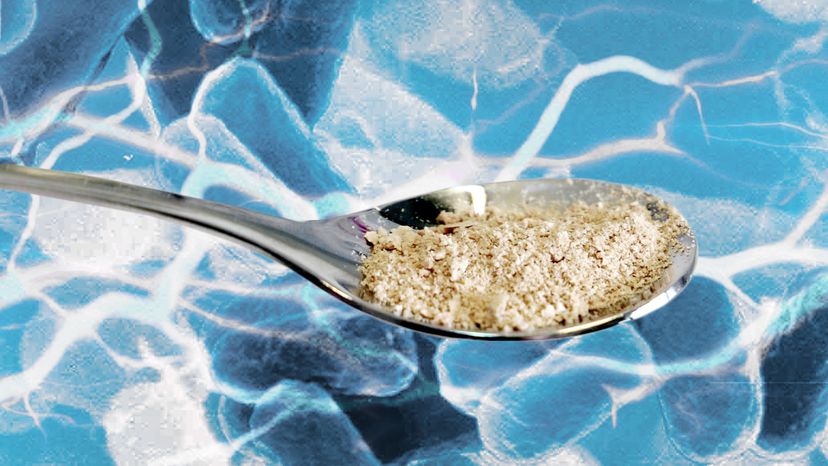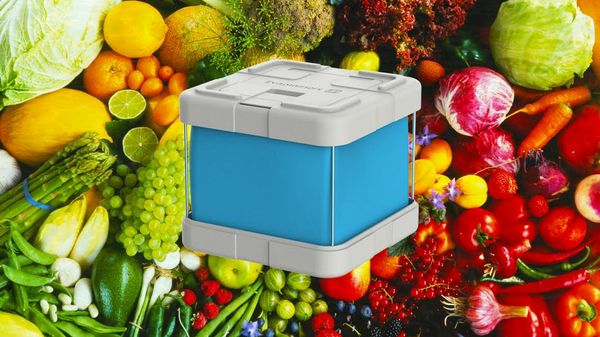
Choose three ingredients to make a nutritious meal and it's unlikely you'd pick carbon dioxide, water and microbes. But researchers in Finland are developing a way to zap that simple recipe with electricity inside a bioreactor to create a powder that's about 50 percent protein and 25 percent carbohydrates.
The edible powder could be mixed into a shake or turned into a tofu-like food for people. It also could be transformed into feed for animals. Because it's processed inside in a bioreactor — similar to how beer and Quorn, a British meat substitute, is made — it doesn't require the tremendous amounts of land, water or other resources necessary for large-scale agriculture and doesn't emit greenhouse gases into the atmosphere.
Advertisement
"We detach the whole process from the land," says Jero Ahola, a professor in the department of electrical engineering at Lappeenranta University of Technology. If solar power is used to produce the electricity, the process is about 10 times more efficient at producing food than conventional agriculture that relies on soil, says Ahola.
For this proof-of-concept endeavor, the bioreactor used was the size of a coffee cup, and the process to produce 1 gram of the protein took about two weeks. Ahola and colleague Juha-Pekka Pitkänen, a principal scientist at VTT Technical Research Centre of Finland, say they are working on plans to build a larger bioreactor, about 6 liters (1.6 gallons) in size, by early next year. After that, they'll apply for additional funding to scale up the system even more, building a 2-cubic-meter (71-cubic-foot) bioreactor that can produce 5 kilograms (11 pounds) of powder per day. Imagine one of those 10-pound bags of flour or sugar, and you get the idea.
"We think that we would be able to scale it up rather soon now that we have got it working," says Pitkänen.
At the moment, the system is running at about 26 percent efficiency, meaning that 26 percent of the electricity is going directly toward turning the mixture into food. The team says they feel confident that they can almost double that to achieve upward of 50-percent efficiency.
Advertisement

